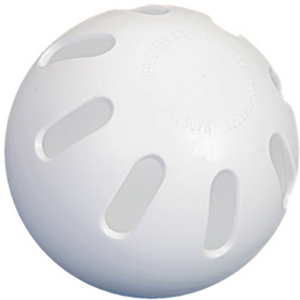There is a long-established mnemonic in selling, which is particularly relevant in advertising. It is called AIDA:
• First attract attention.
• Then stimulate interest.
• Next create a desire.
• Finally invite action.
Attention
Your headline, sometimes in combination with the main illustration, should attract attention – stop your readers turning the page.
Interest
The subheading, illustrations or first sentence or two should capture their interest, and make them want to look further.
Desire
The main body of the copy, together with any other illustrations, should be aimed at pointing out the benefits of the product or service, and making the reader desire it.
Action
Finally, you need to tell people how to get hold of your product – invite action. If yours is a direct response ad, then it is the coupon that does it, together with an exhortation, perhaps, along the lines of ‘Don’t delay, post this coupon today.’ If there is no coupon, the ‘action’ part of the ad can be ‘Give us a ring now!’ or ‘Visit your local tackle shop.’
The action you are inviting can also be something more passive. It can simply be for people to think favorably of the product, so that they ask for it next time they are shopping. This type of ‘invitation to action’ can be the company’s slogan, or a final sentence or two in the body copy either summarizing the product’s benefits or pointing out new ones.
The principle in action
This principle can be applied to almost any medium. The one exception is the outdoor poster. As most people see posters ‘on the move’, very often from their cars, you don’t have time for long messages, and a slogan and an illustration are usually all you can effectively use.
The AIDA principle in brochures
Brochures work on the same principle, although there you have rather more space to work with. The front cover is the attention-grabber, and it is important that its message should encourage people to look inside.
It therefore serves a dual function of attracting attention and stimulating interest. Since the reader cannot see the whole thing in one glance, as he can with a space ad, it is important that the front cover should indicate what is on offer. This means that clever but slightly obscure headlines, always a bit tricky, are definitely out for this medium. An illustration is useful on the front cover.
Inside the brochure is where you do the selling, creating the desire for your product. Having a lot of space can create its own problems, as you need to keep the interest going with more headlines, illustrations and cross-heads (subheadings which break up the text). The trick is in variety – different-sized illustrations, copy broken up, different typefaces perhaps.
Finally, the back is concerned with the action. This is where you should put instructions on how to order, where to go to buy the product, together with the coupon if there is one, and your logo and slogan.

